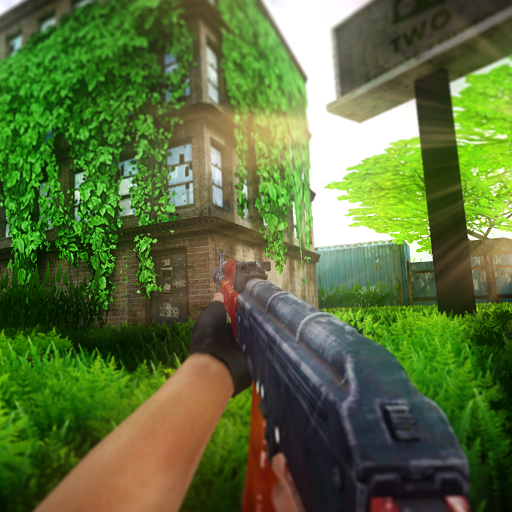The Wilderness Origin backpack is the core resource management system in the game. Reasonably utilizing backpack space and item combinations can greatly improve survival efficiency. This guide focuses on material organization, production priorities, and emergency strategies to help players maximize benefits under limited carrying capacity and adapt to the needs of wilderness exploration.
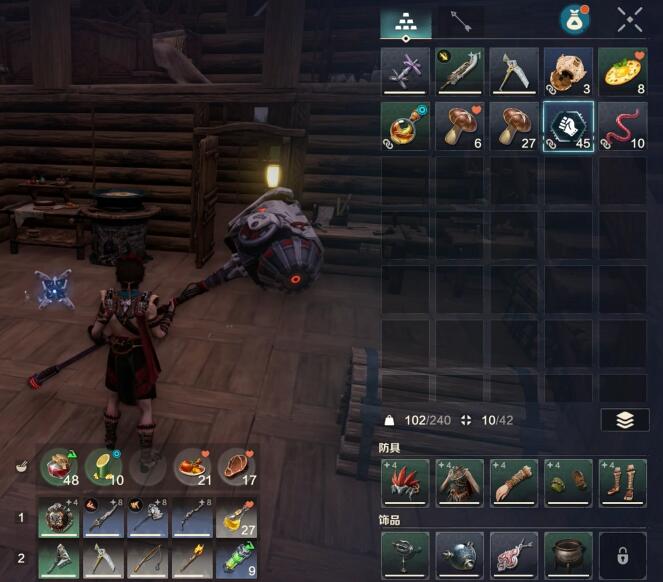
In the early stages of the game, prioritize collecting basic materials such as branches, flint, and fibers. These resources take up little space in the backpack and have a wide range of uses, allowing for quick tool and temporary shelter construction. When encountering large beasts, immediately free up at least two slots for healing herbs and antidotes to avoid being unable to provide first aid in critical moments. In the mid to late game, focus on retaining rare minerals and advanced parts, which have low spawn rates but can be used to craft powerful equipment.
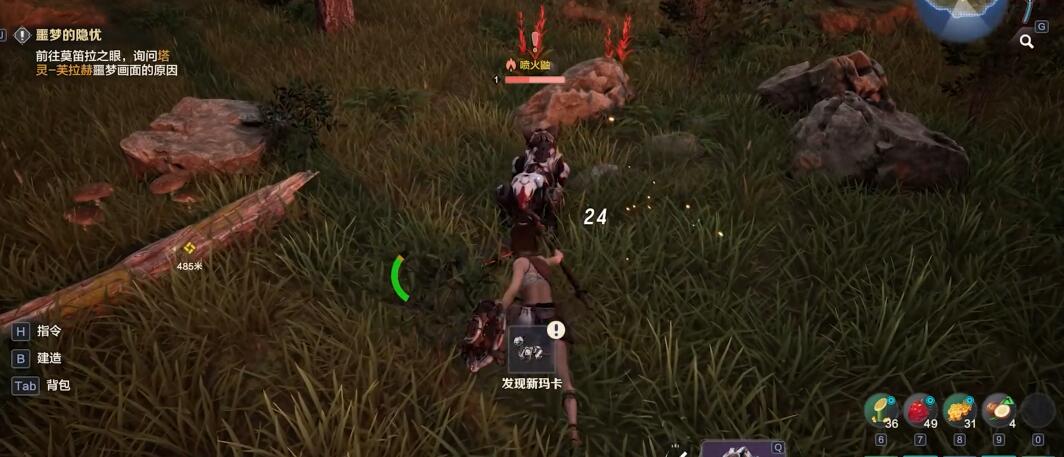
It is recommended to cook raw meat (dropped by wild boars/deer) into jerky on-site (extends spoilage time to 72 hours). Berries (such as blueberries/strawberries) can be stockpiled in quantities of 20-30 units and placed in the upper part of the backpack for quick consumption. Raw meat spoils easily and should be cooked as soon as possible, while berries can be stored in large quantities. It's suggested to place cooked food in the lower part of the backpack and fresh ingredients in the upper part for easy access. Before encountering extreme weather, adjust warm clothing to the quick-access bar in advance, and ensure there is space for torches and snow-melting agents in snowy maps.
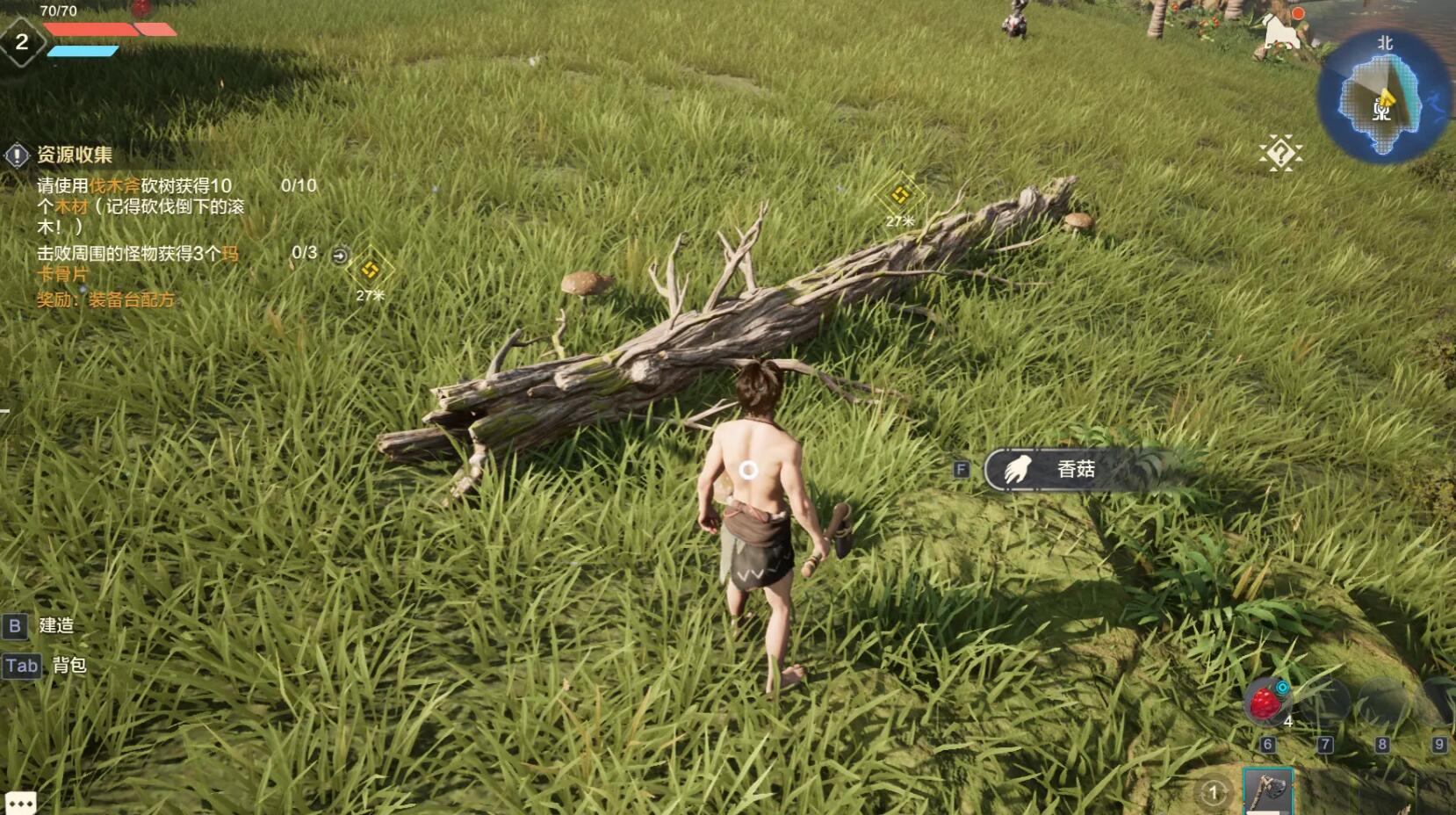
Weapons and tools should be flexibly replaced according to the terrain. In jungle terrains, the backpack must include a serrated machete (attack +15) and a steel trap (requires 2 iron ores + 1 rope). In desert areas, focus more on water canteens and sun protection gear. The side pockets of the backpack are suitable for storing trap components, which can be quickly set up during combat. Remember to regularly clear out damaged equipment; repairing tools saves more space than carrying extra weapons.
When exploring long-term, adopt the one-third rule: The survival supplies section should include: 5 cooked meats, 10 bandages, 3 torches; the mission items section should store relics keys (occupies 1 slot) and messenger feathers (triggers hidden plots). One-third of the space is for survival supplies, one-third for mission items, and the remaining space is reserved for temporary collection. Before setting up camp at night, check the consumables to ensure there are at least five basic medical kits. When encountering resource-rich areas, it's better to make multiple trips to avoid overloading, which can slow down movement or even cause excessive burden.
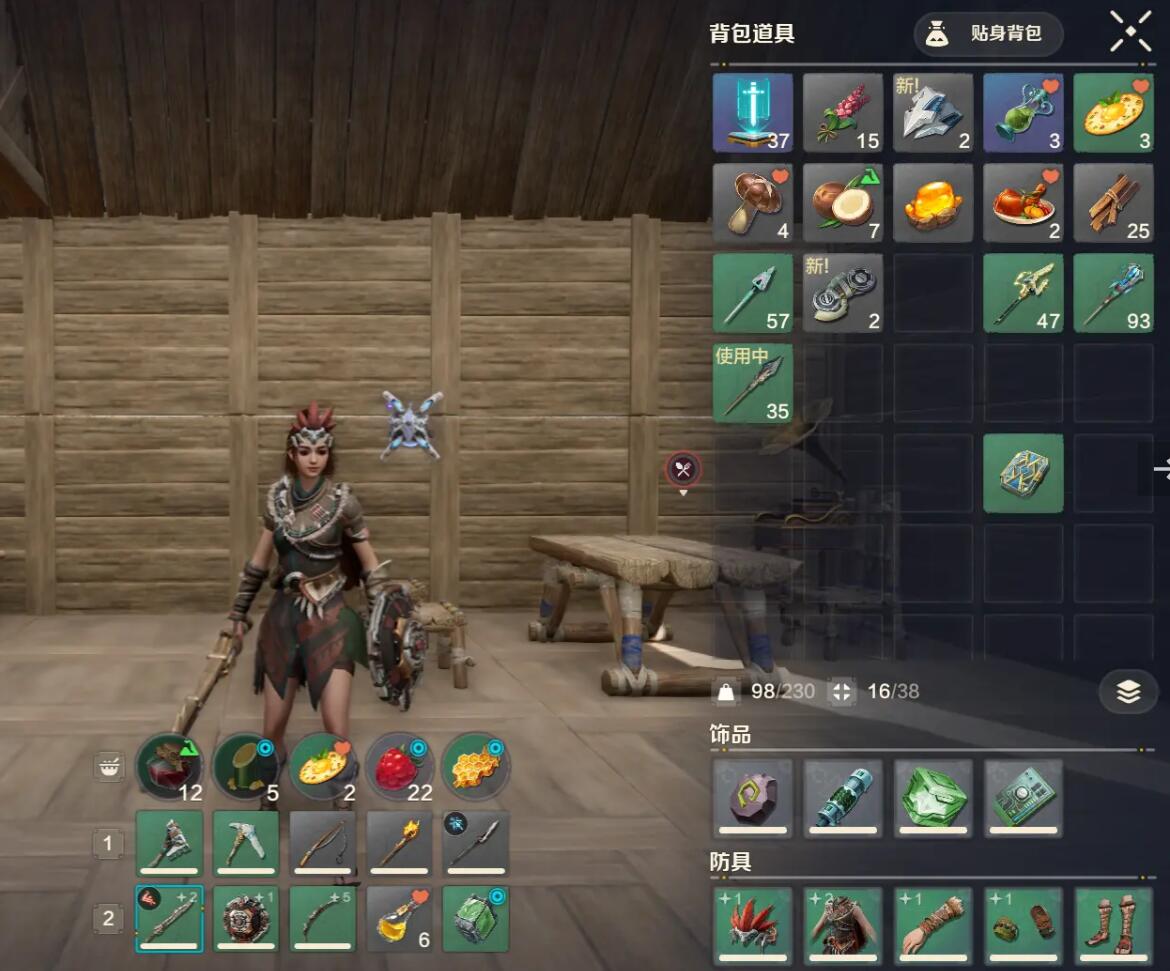
Reasonable planning of the backpack is the foundation of wilderness survival. Adjusting strategies at different stages can help cope with complex environments. After mastering the above techniques, players can face exploration challenges more calmly and optimize resource utilization to the highest level.

















